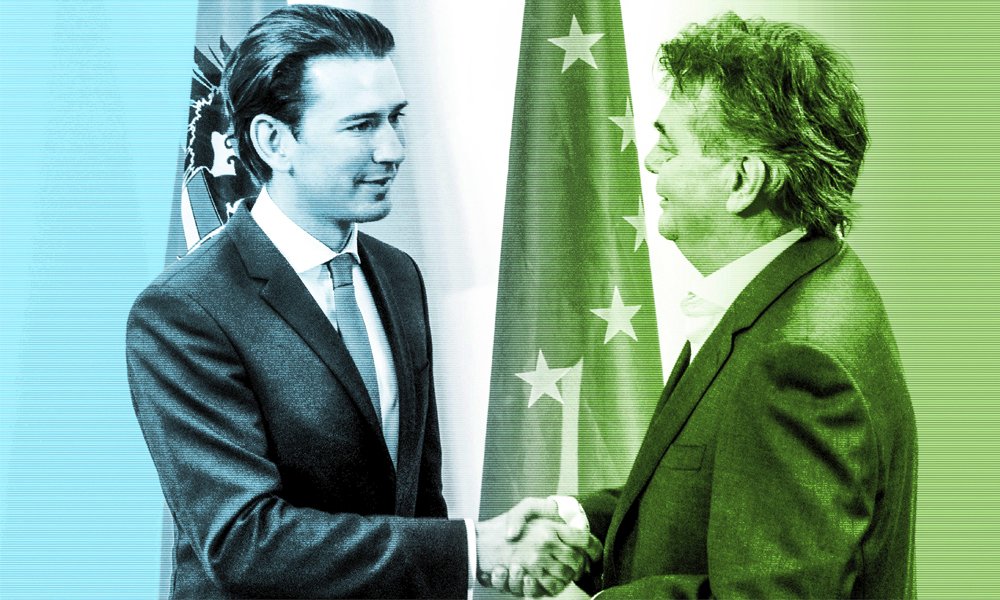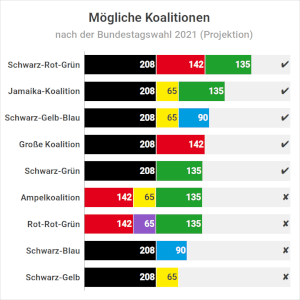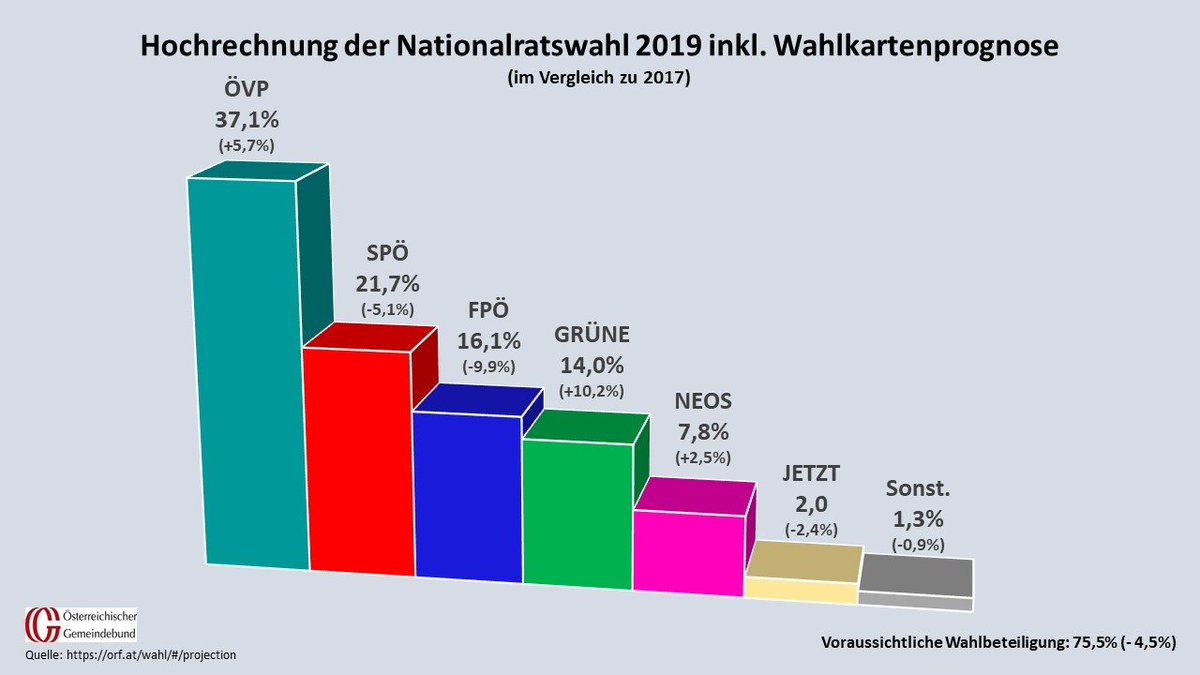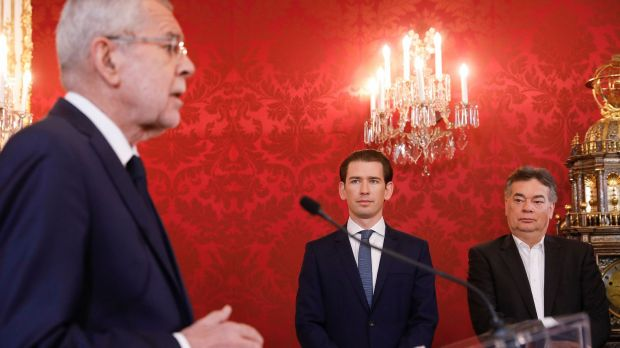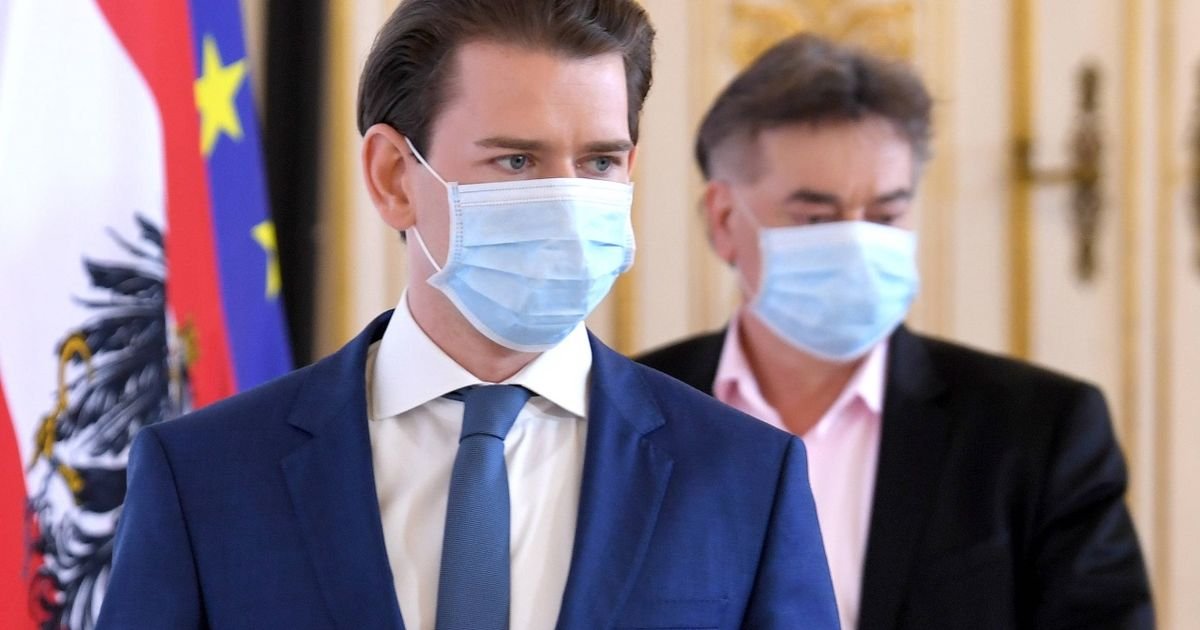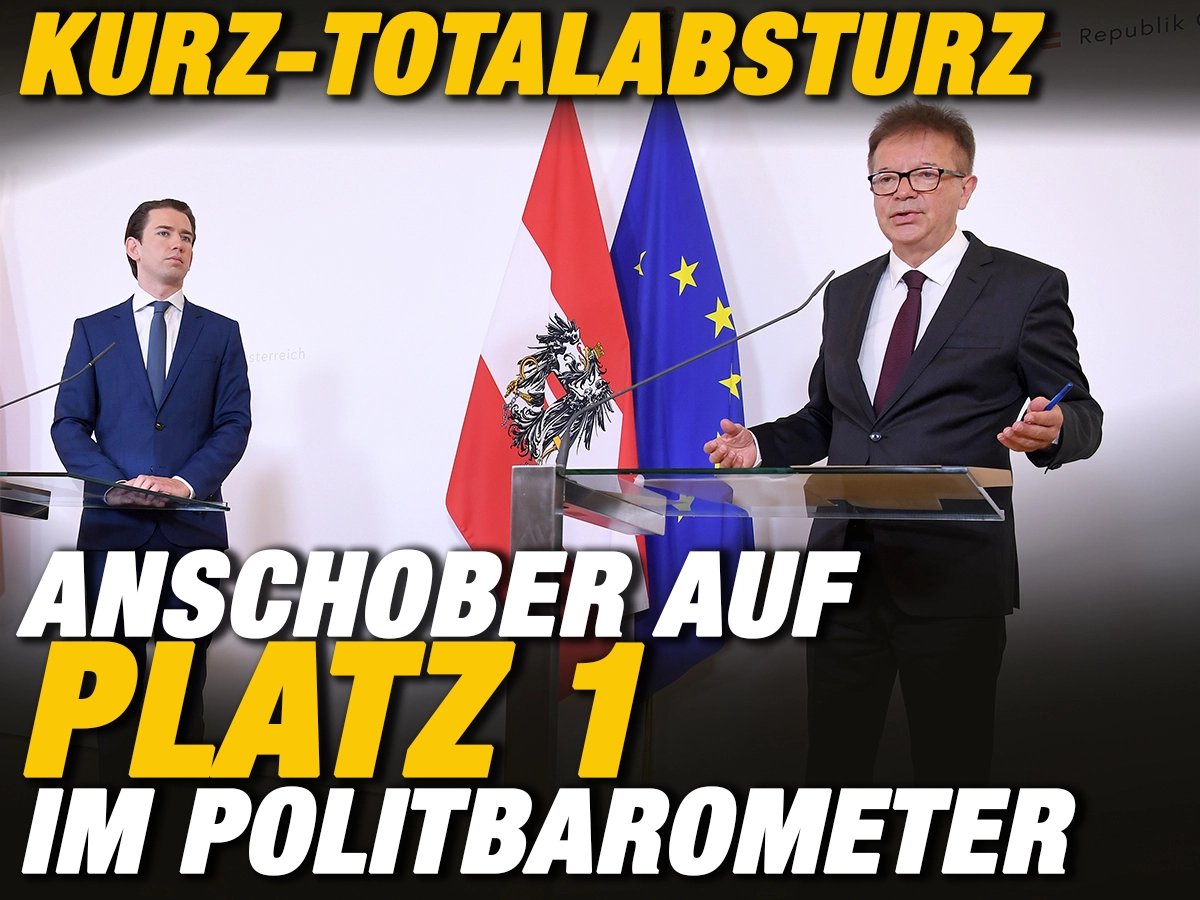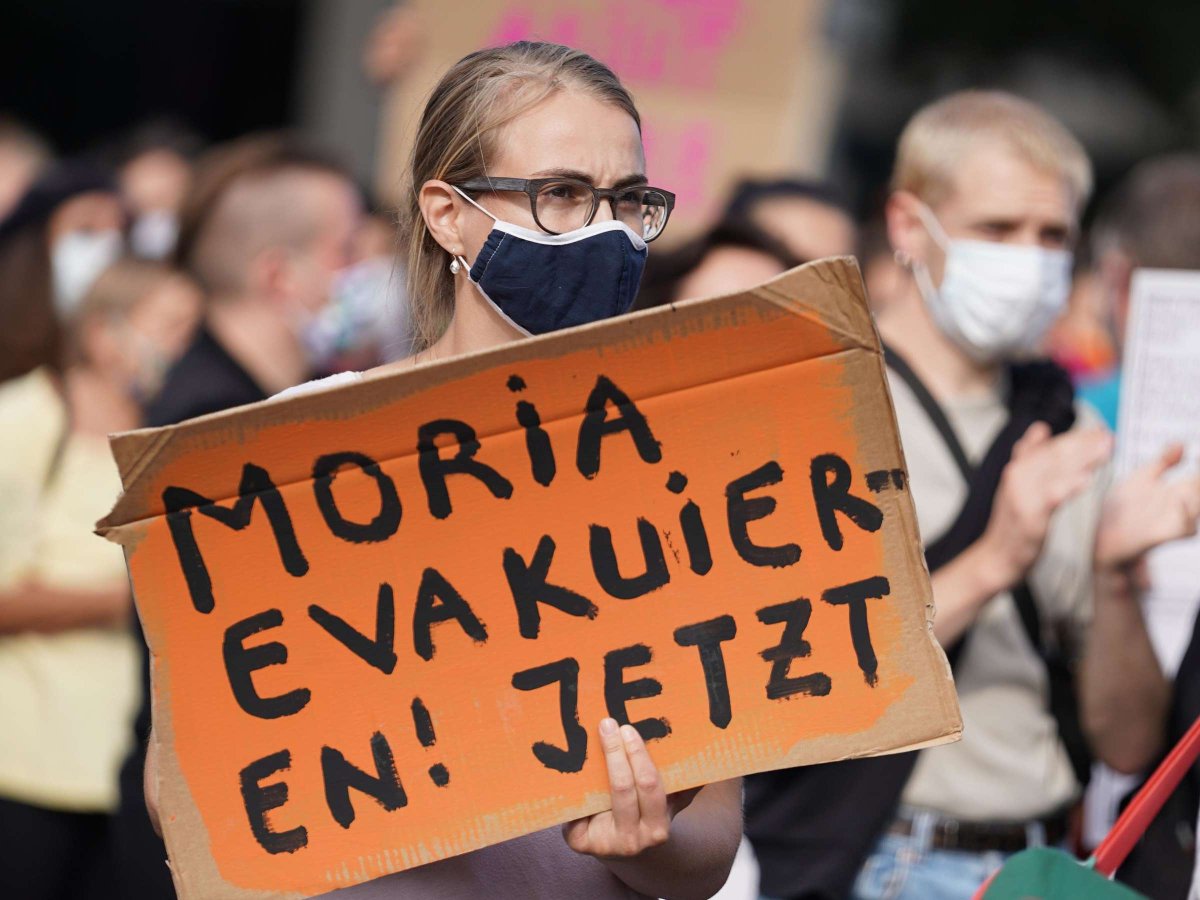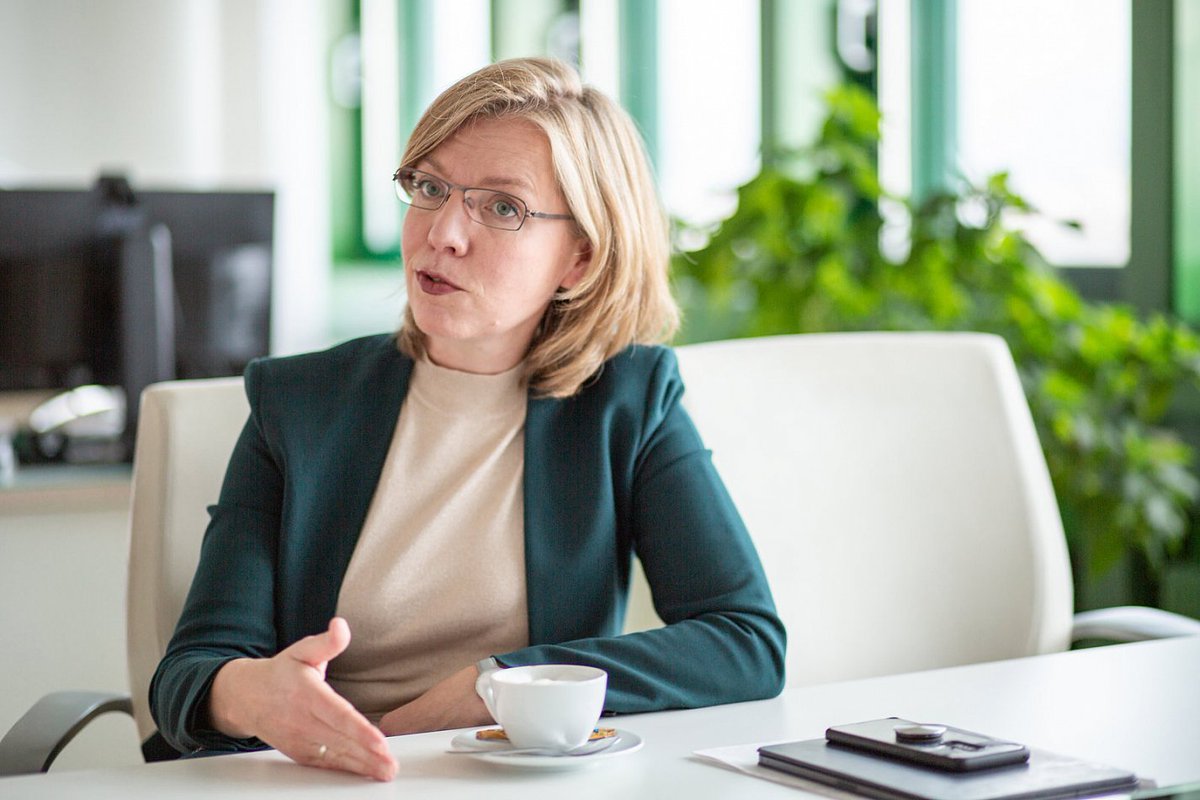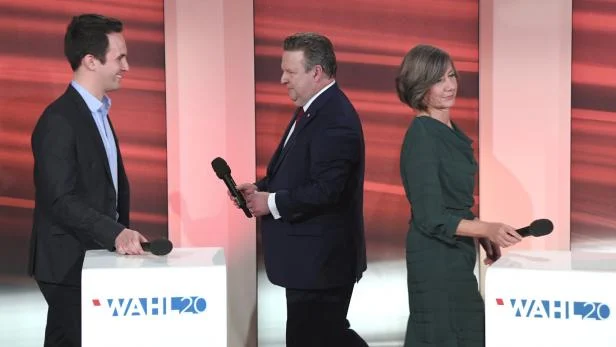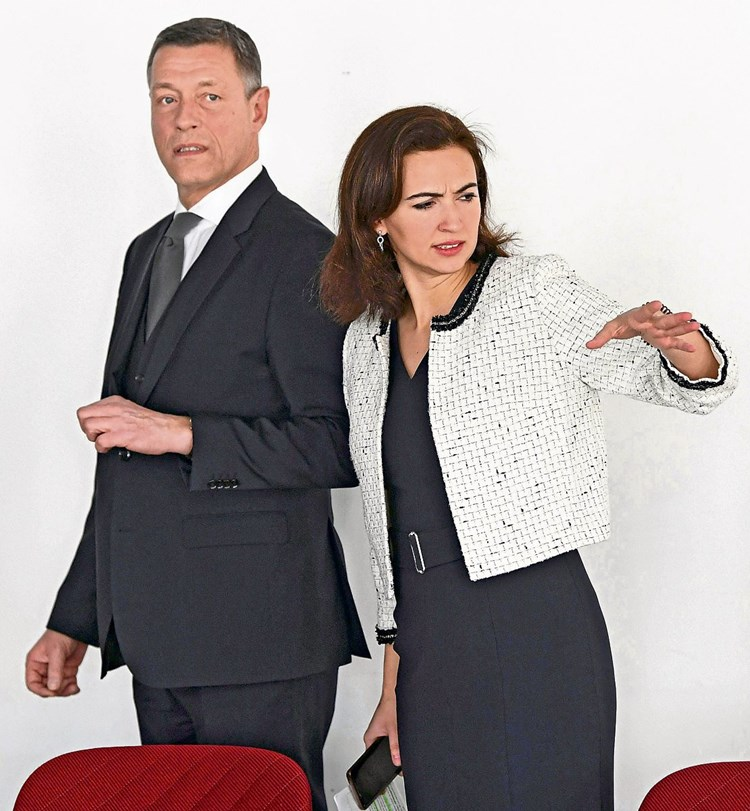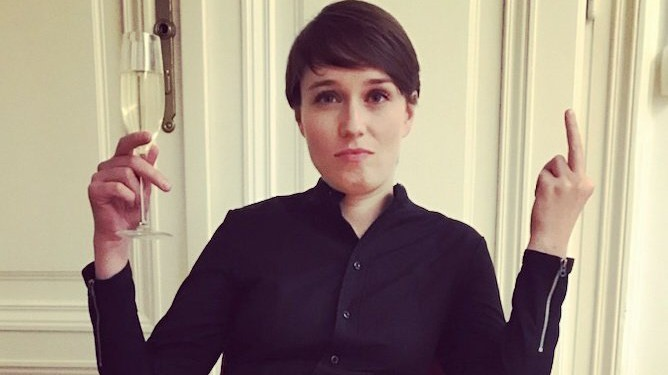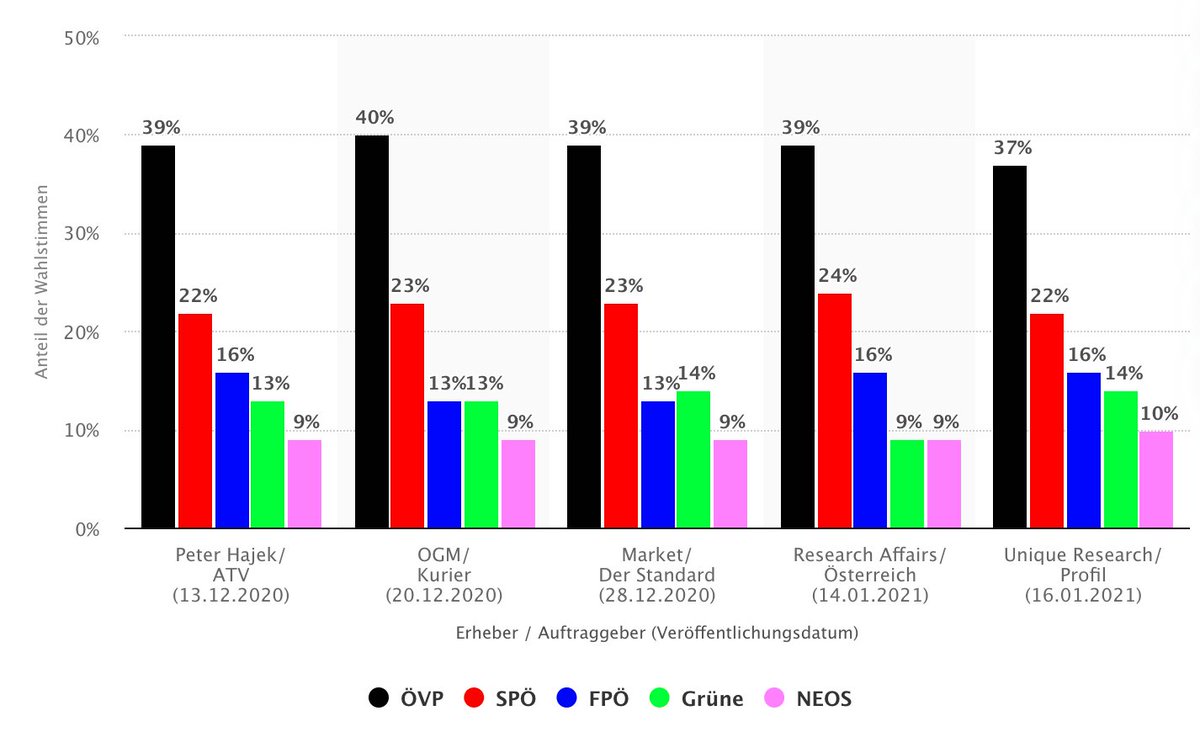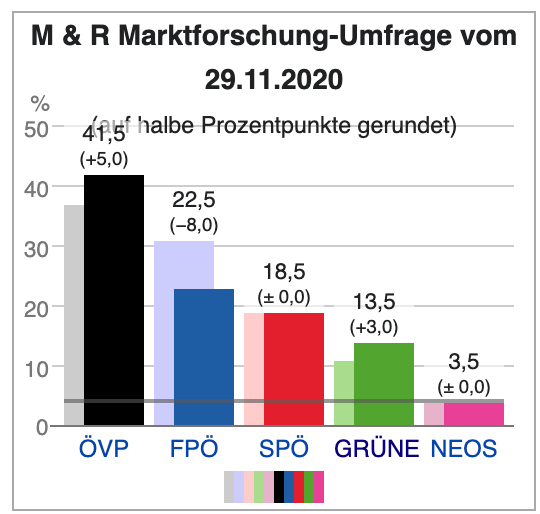*MEANWHILE, IN AUSTRIA..* Nearly 13 months ago, the Greens entered into government with Sebastian Kurz’s ÖVP, marking the first such coalition of its kind on the national level in Europe. 1/23
Its progress is of particular interest ahead of the German federal election later this year, which could produce a similarly colour-coded coalition. What can be learned from the Austrian variant? 2/
First, some backstory cut short: after flying out of parliament for the first time in 2017, the Greens returned with a record result of 14% following the snap election in 2019. 3/
Werner Kogler, a seasoned party operator used to working behind the scenes as number 2, restored discipline to a party that had been exhausted by feuding, splintering and resignations that ultimately culminated in ignominious collapse. 4/
The growing prevalence of the environment and corruption helped the Greens round up voters who had backed the SPÖ & Peter Pilz’s splinter party in 2017. 5/
Thereafter, President Alexander van der Bellen – the Greens’ leader between 1997-2008 – lobbied hard to persuade both the Greens and the ÖVP to form a coalition, hoping to end over six months of political instability and caretaker government. 6/
The Greens secured four cabinet portfolios, agreeing with the ÖVP to combine “the best of two worlds” by ringfencing policy briefs on a partisan basis, a.k.a. ignore your colleague. (My thoughts on this at the time: https://twitter.com/Marcus_How89/status/1214577744815767554) 7/
This approach was foiled by COVID-19, which necessitated greater cooperation. This worked well enough at first, with competent crisis management delivering high approval ratings. 8/
Yet, since the summer, the Greens have slowly pivoted onto the backfoot. There are two reasons for this. The first is the simple reality of the attrition inflicted by the pandemic. 9/
Second, the Greens have been consistently outmanoeuvred by the ÖVP, which has exploited the party’s passivity and inexperience with political comms, knowing it has no ‘killer instinct’. 10/
The Greens’ minister of health, Rudi Anschober, was reduced to the role of a glorified manager when he overtook Sebastian Kurz in approval ratings. His messaging, which is reliant on expert opinion, has often been undermined. 11/
This has had unacknowledged consequences since the messaging over the pandemic became contradictory, with the lack of clarity arguably contributing to the second wave. 12/
The ÖVP also exploited the Greens’ respect for the “two worlds” principle, waving through unchallenged legislation with which it disagrees, e.g. on asylum and terrorism. 13/
Moreover, the Greens have struggled to define their profile, not least on climate policy, which has fallen by the wayside. Leonore Gewessler’s super ministry has barely got a look in, although investments are set to increase. 14/
Overall, the party is in a strange place. Its ministers are among the more popular in the coalition (barring Gewessler, who is barely known), albeit mainly because the ÖVP team is mainly comprised of Kurz loyalists whose competence has often been criticised. /15
The opposition SPÖ, FPÖ and NEOS don’t pose much of a challenge on the federal level. In Vienna, the local Greens won a record result in October before being shafted by the SPÖ, which ditched their coalition of 10 years. 16/
The party has cashed in some gains, including at the Justice Ministry, where Alma Zadic confronted vested partisan interests to usher in long-overdue reforms to the functioning of the justice system. 17/
Elsewhere, humanitarian aid was sharply increased as a concession by the ÖVP in exchange for Greens having tolerated its refusal not to take up any asylum seekers (namely, minors) from Greece. 18/
Party discipline has also been impressive, especially given the Greens’ recent history with their ‘Fundi’ wing. Kogler has somehow kept them onboard, in part due to the transformation of parliamentary faction leader Sigi Maurer from Fundi firebrand to PR soldier.
Yet the omens are darkening. Federal polls suggest that left-leaning voters are unimpressed by modest wins secured in the noise of the day-to-day political scrum. The moment for panic hasn’t arrived, but the Greens’ lack of strategic clarity is not helping their prospects. 19/
Do they risk taking a tougher line with Kurz and the ÖVP? Kurz may choose to chance it and either form a minority gov’t (backed by the FPÖ, even) or call new elections, with the Greens risking irrelevance in both scenarios. They simply cannot realistically win the comms war. 20/
More likely, they will wait out the year, splashing stimulus funds while watching for the results of the autumn state elections in Upper Austria. A stronghold of the ÖVP, currently ruling with the FPÖ, and home state of Anschober, it is among the states worst hit by COVID-19. 21/
This bellwether will inform whether the Greens want to break with the ÖVP. For now, Kogler and his colleagues will opt for caution, continuing to ringfence themselves from their Machiavellian colleagues. 22/
As ever, the golden rule of Austrian politics post-1919 is that there is a structural majority of right-wing parties on the federal level. How a left-liberal alternative may become viable remains an open question, with heads being scratched by tied hands. 23/END

 Read on Twitter
Read on Twitter